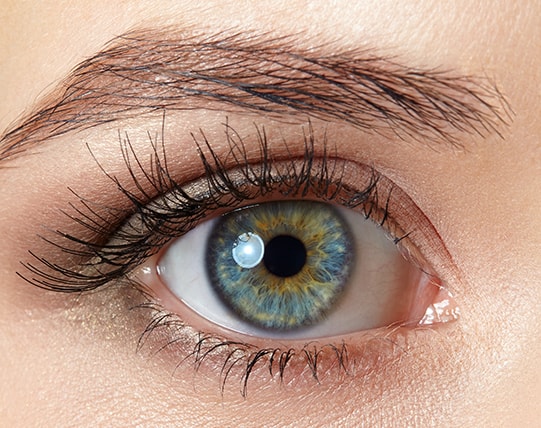Cataract Exam & Treatment
Did you know that more than 3.5 million Canadians have cataracts?
Cataracts Are Treatable & Easily Diagnosed
There is a popular misconception that losing your eyesight is an inevitable consequence of ageing. In reality, 75% of vision loss is preventable. Cataracts are especially treatable with a safe and routine surgical procedure. Cataract surgery restores your vision by removing your opaque natural lens and replacing it with a clear, artificial lens.
Cataracts Surgery
Surgery sounds scary, but cataract removal surgery is the most common surgical procedure performed worldwide. It’s a staple of modern eye care and something that our optometrists—and associated ophthalmologists—are well versed in.
An ophthalmologist replaces your clouded lens with a clear intraocular lens (IOL). The IOL is made of plastic and closely emulates the function of your original lens. The successful result of this procedure is the significant improvement of your vision.
If you’re considering cataract surgery, request an appointment to see us for an eye exam to determine your candidacy. We’ll perform routine tests and assess the status of your cataracts, overall eye health, and determine other variables that influence the outcome of your surgery.
Assuming that you are a candidate, we will then refer you to an ophthalmologist who will perform the procedure.
Cataract Development & Symptoms
Cataracts develop slowly. If you have mild cataracts, you may not be aware of changes to your vision. However, you may notice the following symptoms:
- Vision becomes hazy or cloudy, like looking through a cloudy shower door
- Colours appear faded, or you may not be able to distinguish between them at all
- A coloured “haze” slowly developing
- Glare from light sources, especially at night
Nearly everyone will develop cataracts. But there are also several risk factors that increase your chances:
- Prior eye injury
- Prior eye surgery
- UV radiation (from sun exposure or other UV sources)
- Extended use of corticosteroid medications
- Family history/genetics
The 3 Major Types of Cataracts
There are many types of cataracts, but the 3 most common are:
- Posterior subcapsular Cataract: This type of cataract is a small, opaque area that forms at the back of the lens. They interfere with your ability to read, reduce your vision in bright light, and cause halos and glare around lights.
- Nuclear Cataract: This type of cataract forms in the centre of the lens. At first, it may cause increased nearsightedness or even “second sight,” where your visual acuity is temporarily improved. This effect wears off as the cataract develops.
- Cortical Cataract: This type of cataract begins as whitish, wedge-shaped opacities around the centre of the lens, like spokes on a wheel. As they progress, these “spokes” or “streaks” extend towards the centre of your eye and interfere with your vision.















